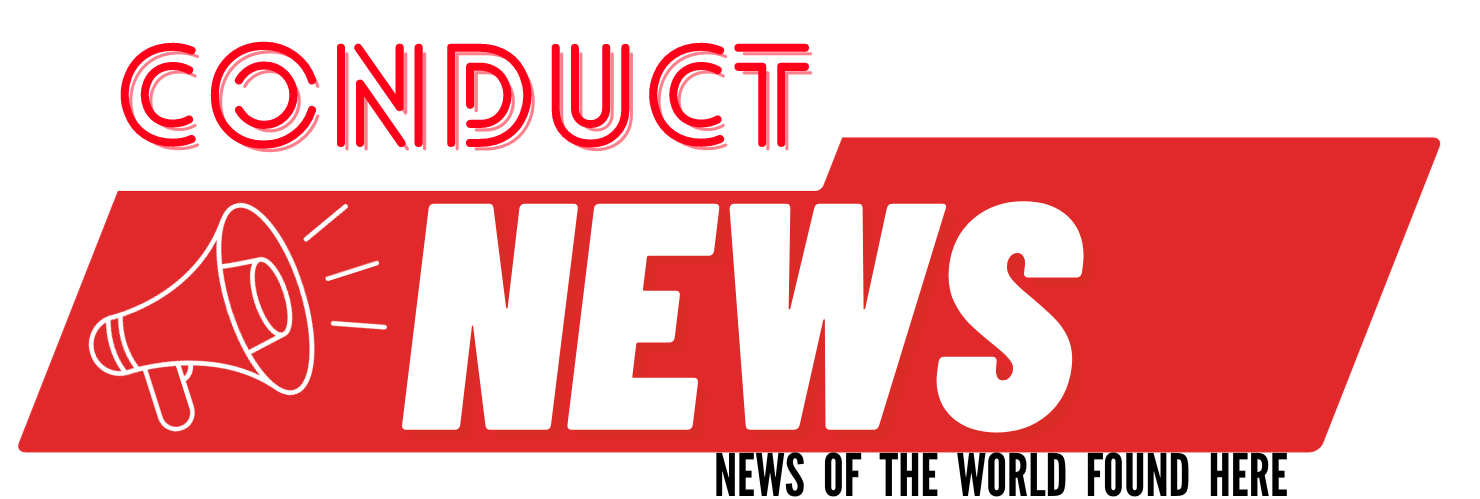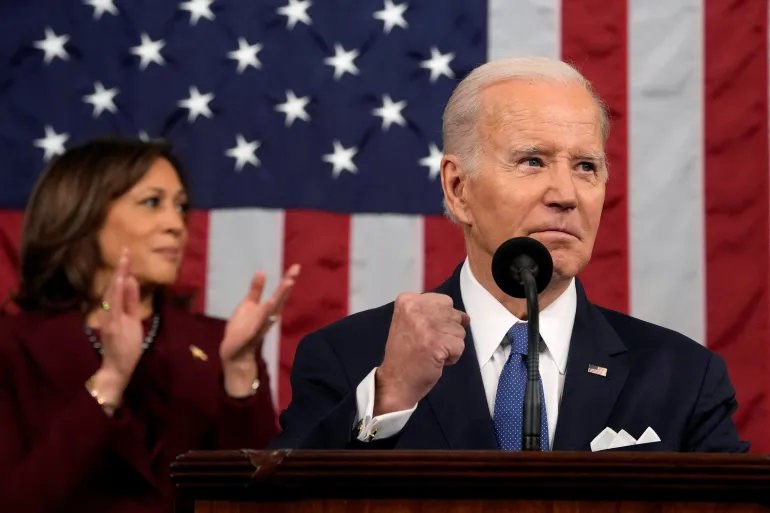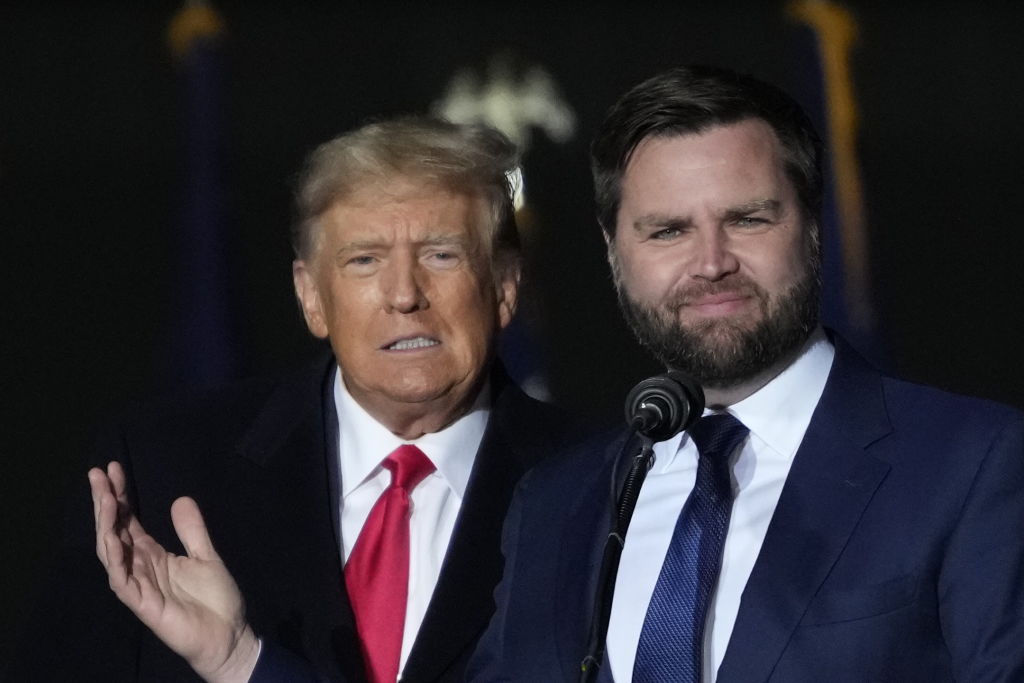President Biden to Outline Policy Priorities in Congressional Address Eight Months Ahead of Presidential Election.
President Joe Biden’s Upcoming State of the Union Address Marks a Key Moment to Showcase Achievements and Set Future Course. However, with his recent announcement of re-election bid, it also stands as his first State of the Union amid heightened scrutiny and challenges from both sides of the political aisle.
The president is anticipated to confront his Republican predecessor, Donald Trump, in the upcoming November general election. Recent polls depict a tight race between the two for the White House.
In this context, the State of the Union address offers Biden an opportunity to present his case to the American people for why he merits a second term.
Scheduled to speak at the US Capitol in Washington, DC, on Thursday evening, Biden is poised to emphasize the future of US democracy as a central theme. Biden has consistently cautioned against the threat posed by Trump and his supporters to the nation, particularly referencing their endeavors to overturn the 2020 election.
Support for foreign allies like Ukraine and Israel, addressing migration issues at the US-Mexico border, and efforts to bridge political divides in Washington, DC, are also expected to feature prominently in Biden’s address.
Here’s everything you need to know about the 2024 State of the Union:
The State of the Union Explained.
The State of the Union is an annual speech in which the US president, as mandated by the US Constitution, provides an overview of the country’s current condition and outlines priorities for the future.
This constitutional requirement asserts that the president “shall from time to time give to the Congress information of the State of the Union.”
Ultimately, the State of the Union address furnishes US presidents with a significant platform to address both Congress and the American public, according to Donna Hoffman, a professor of political science at the University of Northern Iowa.
Biden aims to assert credit for his achievements while also outlining his agenda by stating, “Here are the accomplishments I’ve made, and here’s what I intend to achieve.”
When is the State of the Union?
This year’s State of the Union is scheduled for 9 p.m. local time on Thursday (02:00 GMT on Friday).
Who attends the State of the Union?
The State of the Union is addressed to a joint session of Congress, meaning both members of the Senate and the House of Representatives will be present.
As per tradition, Vice President Kamala Harris and the Speaker of the House, currently Republican Mike Johnson, will sit behind President Biden.
Additionally, the president’s cabinet members and any Supreme Court justices who opt to attend will be present.
The White House typically extends invitations to special guests. Last year, President Biden invited the parents of Tyre Nichols, a Black man beaten to death by police in Tennessee, and Brandon Tsay, who disarmed a mass shooter in California.
Reportedly, two significant figures have declined the White House’s invitation this year: Yulia Navalnaya, widow of Russian opposition leader Alexey Navalny, and Ukrainian First Lady Olena Zelenska.
Have US presidents always delivered the State of the Union?
Yes, although the format has evolved over time.
George Washington, the inaugural US president, delivered the first address in 1790. According to a US Congressional Service report, this ritual derived from the British practice of delivering “a speech from the throne” at the beginning of each new session of Parliament.
Initially, both Washington and John Adams, the second president, personally presented their messages.
However, in 1801, Thomas Jefferson broke from this tradition by sending his address in writing. This practice persisted until Woodrow Wilson chose to deliver his message in person in 1913, a tradition upheld to this day, as explained by a Senate fact sheet.
It wasn’t always called the State of the Union. Initially, it was known as the “President’s Annual Message to Congress” or simply the “Annual Message.”
The title “State of the Union address” was first used by Franklin Delano Roosevelt, the 32nd US president. However, it wasn’t until the presidency of Harry Truman, who took office in 1945 after Roosevelt’s death, that this title became official.
The format of the State of the Union has also evolved over time. The first national radio broadcast of the message occurred in 1923, according to a Senate fact sheet.
Truman’s address in 1947 marked the first televised State of the Union, and in 1965, President Lyndon Johnson initiated the tradition of delivering the address in prime time.
This year’s address. What to expect from Biden?
The upcoming speech holds significant importance for Biden, as he addresses a deeply divided Congress mere months ahead of a crucial presidential election.
At 81 years old, Biden continues to grapple with questions regarding his fitness for a second term, compounded by protests in pivotal swing states against his unwavering support of Israel amidst its recent military actions in the Gaza Strip.
According to Axios, Biden’s team views the State of the Union as a pivotal opportunity for a “big, public reset moment” in his reelection campaign. An unnamed source close to the president emphasized to the news outlet, “Everyone around him is well aware — well aware — of the need to jack this campaign up.”
The focus of Biden’s speech is expected to center on several key themes. Firstly, he aims to position himself as a defender of American democracy against the backdrop of Trump and his Make America Great Again (MAGA) base. The January 2021 storming of the US Capitol by Trump supporters, coupled with Trump’s ongoing legal battles related to his efforts to overturn the election results, are likely to feature prominently in Biden’s address.
Biden is anticipated to emphasize the threat posed by what he perceives as the “extreme agenda” of his opponents, warning that it could fundamentally alter American democratic institutions. This message echoes sentiments he articulated in September and is expected to be reiterated during the State of the Union.
Additionally, Biden is likely to highlight the improvements in the economy during his tenure, aiming to claim credit for the progress made since he took office. Reproductive rights, an issue significant to Democratic voters, are also anticipated to be addressed.
Traditionally, US presidents use the State of the Union to outline their legislative agenda. Biden is expected to urge bipartisan action on immigration reform, a proposal previously obstructed by Trump’s allies in Congress. Critics argue that the opposition to this reform was politically motivated to make immigration a focal point in elections.
Furthermore, Biden is likely to call on Congress to pass supplemental funding for Ukraine and Israel, key US allies. Given ongoing conflicts in Gaza and Ukraine and related funding discussions in Congress, international issues are expected to receive attention in Biden’s address.
How can I watch the State of the Union?
The State of the Union will be live-streamed by the White House here.






